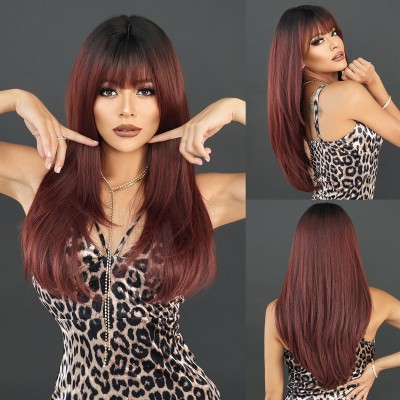
CHECK HERE TO VIEW OUR WIG PRODUCTS
JOINT OUR AFFILICATE PROGROM TO EARN UP TO 50% COMMISSION
In the annals of history, wigs have served as emblems of power and status, donned by the elite to signify their rank and influence. This practice was particularly prevalent in European courts during the 17th and 18th centuries, where wigs were meticulously crafted and adorned with feathers, jewels, and other finery to project an aura of wealth and authority. The French court of Louis XIV, for instance, is renowned for its elaborate wig culture, which became a symbol of the absolute monarchy of the time.
The use of wigs as a status symbol can also be traced back to ancient civilizations, such as ancient Egypt, where they were worn for practical reasons due to the hot climate and later became associated with royalty and the priesthood. In China, during the Qing Dynasty, the Manchu rulers enforced the wearing of queues, a hairstyle that included a shaved front and a long braid, which was often supplemented with false hair to maintain the prescribed look.
The transition from wigs as a symbol of power to a tool for personal expression is a reflection of broader cultural shifts. In modern times, wigs have become accessible to a much wider audience and are used for a variety of reasons, including fashion, cultural identity, and personal style. They allow individuals to experiment with their appearance, express their creativity, and even make political or social statements through their choice of hairstyle.
This evolution from a rigid social marker to a versatile fashion accessory is indicative of a cultural value system that increasingly emphasizes individuality and freedom of expression. In contemporary society, wigs are no longer the exclusive domain of the privileged few but are embraced by people from all walks of life as a means of self-expression and empowerment.
The changing role of wigs in society parallels the broader democratization of fashion and beauty, where traditional hierarchies are being challenged and redefined. This shift not only celebrates diversity and personal choice but also underscores the evolving nature of cultural symbols and their meanings over time.
-230x59.png)




